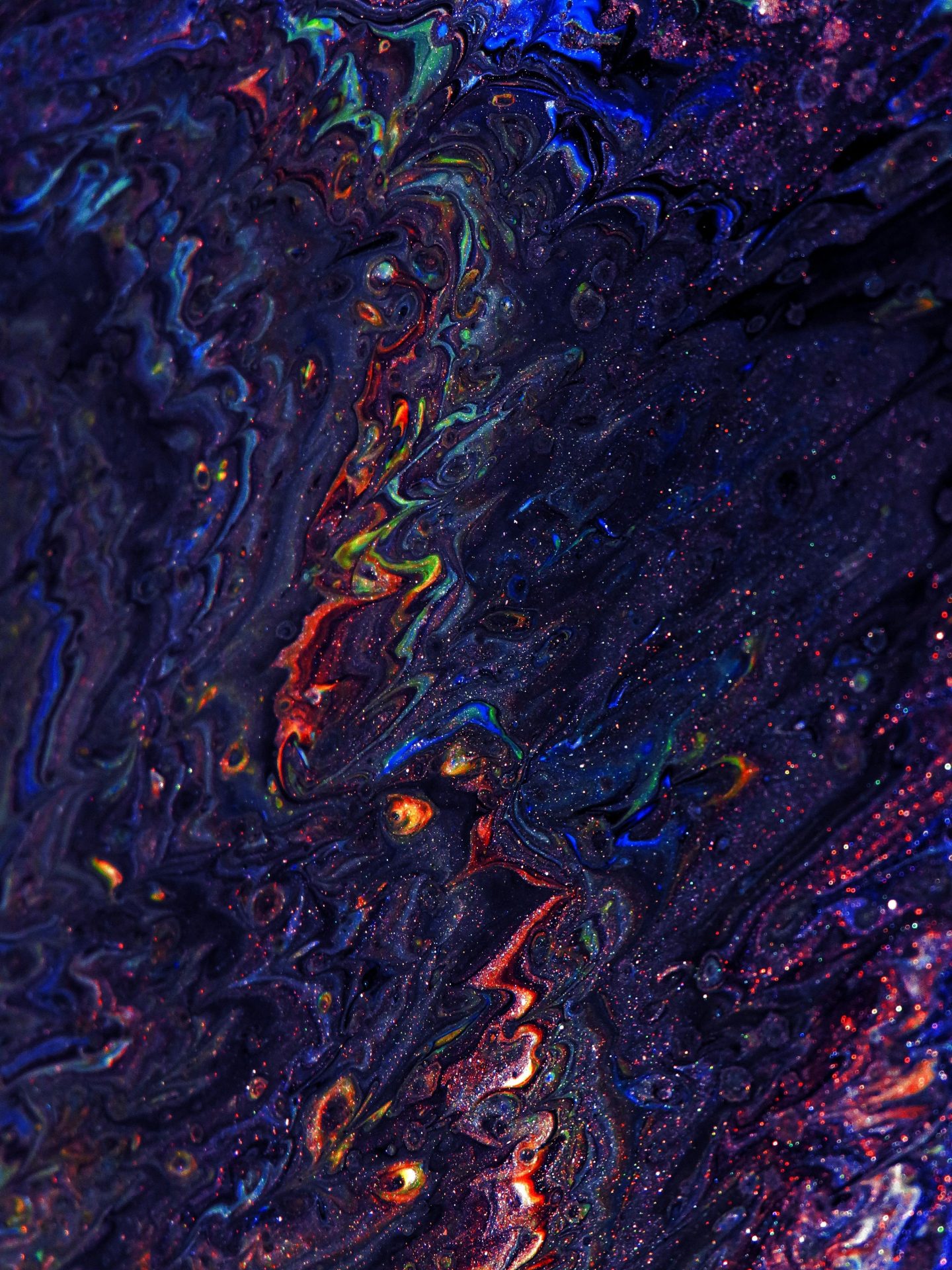Why Do Cats Hate Water So Much? Explained

Before diving in, please note: This post is for informational purposes only. If you’d like to know more about how we approach topics, feel free to check out our friendly Disclaimer Page.
Hey there, amazing readers! 🖐️ Just a quick note: yes, we know there are a lot of ads here. Trust us, we get it—it’s not the prettiest look, but they help us keep this blog alive and kicking. Those pesky little ads cover the costs of all the behind-the-scenes magic, from hosting and tech stuff to creating content we hope you’ll love.
We’re committed to delivering quality posts, and your support (even just sticking around despite the ads) means everything to us. So, bear with us, and thanks for helping us keep the good vibes rolling. Now, on to the fun stuff! 😉
TRANSLATE BUTTON AT THE END OF THE ARTICLE
A Quick Overview
Have you ever wondered why your feline friend gives you that look of pure disdain when you so much as suggest a bath?
Cats and water seem to be a classic mismatch, and while some cats may dabble in a little splashing, most would rather keep their paws dry.
In this article, we’re diving deep into the world of cats and their notorious aversion to water.
Let’s explore the reasons behind their quirks, from their evolutionary history to their grooming habits and even how they drink.
The Feline Fear: A Closer Look at Cats and Water
It’s a universal truth: cats and water often don’t mix well!
When faced with water, many cats exhibit behaviors ranging from mild displeasure to outright panic.
Have you ever seen a cat trying to escape from a bathtub?
It’s like watching a small, furry tornado!
This aversion can be traced back to their instincts.
Cats are territorial creatures, and water represents an unfamiliar element that can disrupt their safe space.
Some researchers suggest that this fear stems from a survival instinct.
Being wet can make a cat more vulnerable to predators, and throughout history, many cats have learned to avoid situations that require them to get soaked.
Imagine being a tiny creature in the wild; the last thing you want is to be caught in a downpour with nowhere to hide!
Evolutionary Background: Why Cats Shun Water
Let’s take a step back and look at the bigger picture.
Cats evolved from desert-dwelling ancestors.
Unlike some animals that thrived near water sources, cats adapted to dry environments where standing water was rare.
This history explains why they don’t have a natural inclination to jump into pools or puddles.
Their ancestors had to be cautious about where they ventured, and that caution has carried through generations.
Moreover, domestic cats have retained many of the behaviors of their wild ancestors.
When we consider that their forebears primarily hunted small mammals and birds in arid terrains, it becomes clear that water wasn’t part of their daily lives.
So, when your cat gives you that look of disbelief as you try to coax them into the bath, remember it’s written in their genes!
Sensory Sensitivities: Cats and Their Unique Senses
Cats are remarkable creatures, and their senses are finely tuned.
When it comes to water, their exceptional sense of smell plays a significant role.
Cats have a keen ability to detect scents.
Water, especially if it’s chlorinated or has other additives, can be off-putting for them.
It’s like how some of us feel about certain perfumes; they can be overwhelming and unpleasant.
Additionally, cats are sensitive to temperature.
They prefer warmth and will often seek out sunny spots to nap.
A cold splash of water doesn’t feel great to them!
Imagine taking a cold shower on a chilly morning; that’s probably how your cat feels when they accidentally step in a puddle.
Grooming Habits: The Importance of a Dry Coat
Cats take grooming very seriously.
Discover "Dog Care: Learning How to Care for Your Furry Friend 🐾"
In fact, they spend a significant portion of their day licking themselves clean.
This behavior is not just about hygiene; it’s also about comfort.
A clean, dry coat helps them regulate their body temperature.
When a cat gets wet, their coat becomes heavy and uncomfortable.
They may lose some of that insulation, which can be distressing for them.
Have you ever tried to put a jacket on a cat?
The moment they feel that fabric, they’re out of there!
Cats like to feel free and unencumbered, and water changes that.
Their meticulous grooming habits help them stay dry and comfortable, so why would they willingly enter a situation that messes with their routine?
Water-Related Experiences: Kittens and the Unknown
Kittens are naturally curious, but that doesn’t mean they love everything they encounter.
Their first experiences with water can shape their future attitudes.
If a kitten has a negative experience, such as slipping into a bath or getting sprayed by a hose, they may develop a lifelong disdain for water.
It’s essential to introduce them to water gently and positively, perhaps through shallow puddles or a splash in the sink.
I once had a kitten named Whiskers.
The first time I tried to give him a bath, he clawed his way to freedom and ran like a bat out of hell!
After that, I learned to respect his boundaries.
If your cat is hesitant, it’s best to ease them into any water-related activities instead of forcing the issue.
The Role of Instinct: Survival and the Water Dilemma
Cats are instinctive creatures, and their instincts often guide their actions.
In the wild, getting wet can lead to hypothermia or make it difficult to escape from predators.
When faced with water, most cats will choose flight over fight.
This instinct has been engrained in them through generations and is hard to shake off.
Even domesticated cats retain this survival instinct.
When they encounter water, their first reaction is often to flee.
Their instinct to stay dry and safe is powerful.
It’s fascinating to think how much their behavior is shaped by the environment they were born into, even when cuddled up in our warm homes.
Cultural Perspectives: Cats in Water Throughout History
Interestingly, not all cultures view cats and water the same way.
In some regions, there are breeds of cats that are more adapted to water, like the Turkish Van.
These cats are known for their love of swimming!
However, in many cultures, the general perception is that cats avoid water.
Throughout history, cats have been depicted as creatures that are aloof and independent.
In ancient Egypt, they were revered, yet they still maintained their distance from water.
It’s intriguing how cultural perceptions shape our understanding of animal behavior.
In some cases, these perceptions may even influence how we care for our pets today.
The Science of Hydration: How Cats Drink Differently
Cats have a unique way of drinking water that is quite fascinating.
Instead of lapping water like dogs, cats use their tongues in a quick motion to flick the liquid upwards.
This method is efficient and allows them to hydrate without getting too messy.
It’s almost like a little performance every time they drink!
This method also explains why they may not be inclined to jump into a bowl of water.
When they can drink without getting their paws wet, why would they want to change that?
Understanding this behavior can help us create a more appealing drinking experience for our cats.
Playful Paws: Why Some Cats Still Enjoy Water
Believe it or not, some cats actually enjoy playing with water!
From pawing at dripping faucets to splashing in puddles, these adventurous felines break the mold.
This behavior can stem from their playful nature and inquisitiveness.
If you’ve ever had a cat that loves to bat at the water from a running sink, you know exactly what I’m talking about!
It’s important to remember that every cat is unique.
Some are drawn to water, while others will avoid it at all costs.
If you find that your cat enjoys a little splash, you can use that to create fun play sessions.
Just be ready for some wet paws and a little chaos!
Bath Time Battles: Tips for Bathing Your Cat
So, you’ve decided it’s time for a bath.
What now?
Here are some tips to make the experience a little more pleasant for both you and your cat:
Prepare Everything: Gather your supplies before you start.
This helps minimize stress.
Use a Non-Slip Surface: A mat in the tub can provide better footing for your cat.
Warm Water: Make sure the water is lukewarm, as cold water can be shocking.
Gentle Approach: Start by wetting their paws first.
Gradually introduce more water.
Positive Reinforcement: Use treats and praise to create a positive association with bath time.
Short and Sweet: Keep the bath brief to avoid overwhelming them.
Drying Off: Use a towel to gently dry them off afterward.
Some cats may even appreciate a warm blow-dry, but proceed with caution!
No one wants a bath time horror story, so being patient and understanding is key.
Water Alternatives: Fun Ways to Keep Cats Hydrated
If your cat isn’t a fan of traditional bowls, there are several alternatives to ensure they stay hydrated:
Water Fountains: Cats love running water.
A fountain can entice them to drink more.
Ice Cubes: Some cats enjoy playing with and licking ice cubes.
It’s a playful way to keep them hydrated!
Wet Food: Incorporating wet cat food into their diet can also help with hydration.
Broth Treats: Low-sodium broth can be a tasty treat that encourages drinking.
Experiment with these options to see which your cat prefers.
They might surprise you!
Conclusion: Embracing Your Cat’s Quirky Nature!
Cats and water may not always be the best of friends, but understanding their behavior can help us cater to their unique needs.
By respecting their instincts, providing alternatives, and being patient during bath time, we can create a nurturing environment for our feline companions.
So the next time your cat gives you that classic side-eye at the sight of water, just remember: it’s in their nature!
Embrace their quirks, and you’ll have a happy, hydrated kitty.
After all, isn’t that what being a cat parent is all about?

The Enlightenment Journey is a remarkable collection of writings authored by a distinguished group of experts in the fields of spirituality, new age, and esoteric knowledge.
This anthology features a diverse assembly of well-experienced authors who bring their profound insights and credible perspectives to the forefront.
Each contributor possesses a wealth of knowledge and wisdom, making them authorities in their respective domains.
Together, they offer readers a transformative journey into the realms of spiritual growth, self-discovery, and esoteric enlightenment.
The Enlightenment Journey is a testament to the collective expertise of these luminaries, providing readers with a rich tapestry of ideas and information to illuminate their spiritual path.
Our Diverse Expertise 🌟
While our primary focus is on spirituality and esotericism, we are equally passionate about exploring a wide range of other topics and niches 🌍📚. Our experienced team is dedicated to delivering high-quality, informative content across various subjects ✨.
To ensure we provide the most accurate and valuable insights, we collaborate with trusted experts in their respective domains 🧑🏫👩🏫. This allows us to offer well-rounded perspectives and knowledge to our readers.
Our blog originally focused on spirituality and metaphysics, but we’ve since expanded to cover a wide range of niches. Don’t worry—we continue to publish a lot of articles on spirituality! Frequently visit our blog to explore our diverse content and stay tuned for more insightful reads.




